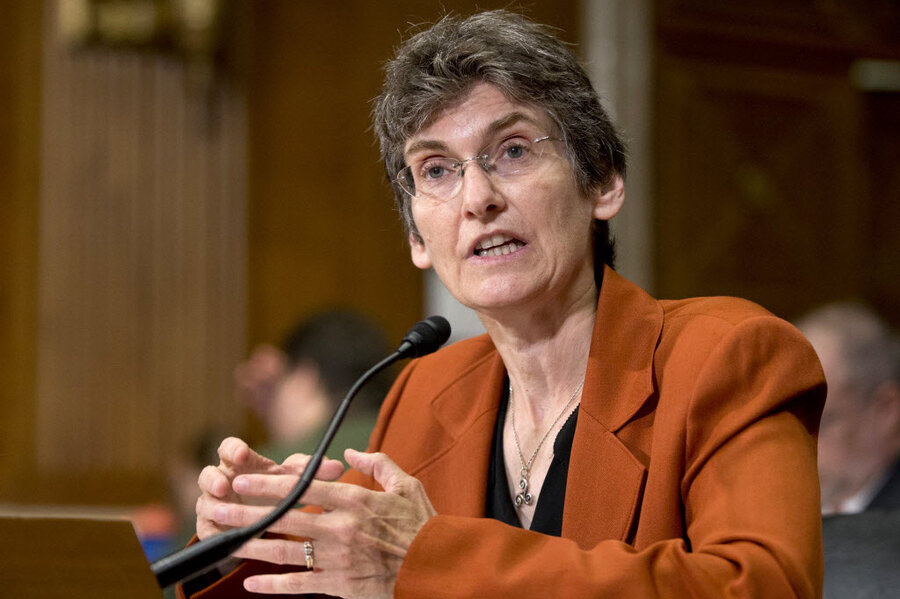Will Obama's new ozone limits reduce smog?
Loading...
Watch out, ozone. The White House is coming for you.
The Obama administration has set a new national standard on ozone, decreasing the limit from 75 parts per billion to 70 parts per billion. This means that for every billion part of gas released in the atmosphere, only 70 may be ozone.
Ozone is an inorganic toxic gas that public health officials have linked to asthma and respiratory illness. Although the ozone layer way up in the stratosphere protects Earth from the sun's harmful ultraviolet rays, ozone in the air we breathe is highly corrosive to buildings, statues, and natural rocks.
Officials confirmed the Environmental Protection Agency will set the new standard Thursday, fulfilling President Obama’s campaign promise but turning up the heat for conflict with Republicans who are already angry about his carbon regulations.
Business groups say the new ozone standard could jeopardize jobs.The National Association of Manufacturers have spent millions on an ad campaign denouncing the ozone rule.
"We know that this regulation could have been worse, but it still feels like a punch in the gut," Tom Riordan, president and CEO of the Wisconsin-based Neenah Enterprises Inc. and task force leader for the manufacturers group, said in a statement. "Manufacturers are tough and resilient, but when Washington puts politics above job creation, we still pay a price."
By now, the power companies and their respective political allies are riled up.
Earlier this summer, Mr. Obama introduced regulations to cut carbon emissions, mandating that power companies reduce carbon output to 32 percent of 2005 levels by 3030. All the while, within that time, Obama urges them to use renewable sources to generate 28 percent of the nation's total energy.
According to the EPA, the public health benefits are worth it.
But regarding the ozone limits, some public health groups are saying Obama’s proactive approach is nice, but does not go far enough.
"The level chosen of 70 parts per billion simply does not reflect what the science shows is necessary to truly protect public health," Harold Wimmer, president and CEO of the American Lung Association, told the Associated Press. Among other groups, the association is pushing for a limit of 60 parts per billion.
The EPA doesn’t disagree.
Janet McCabe, an acting assistant administrator for the agency, said an even lower standard is necessary to diminish the dangers of ozone pollution, including emergency room visits, thousands of asthma attacks, and even premature deaths.
Ms. McCabe alludes to the environmental accomplishments of the past 40 years, during which air pollution was reduced by 70 percent while the economy tripled. These new 21st century regulations, she says, will extend that trajectory.
This report contains material from the Associated Press.








